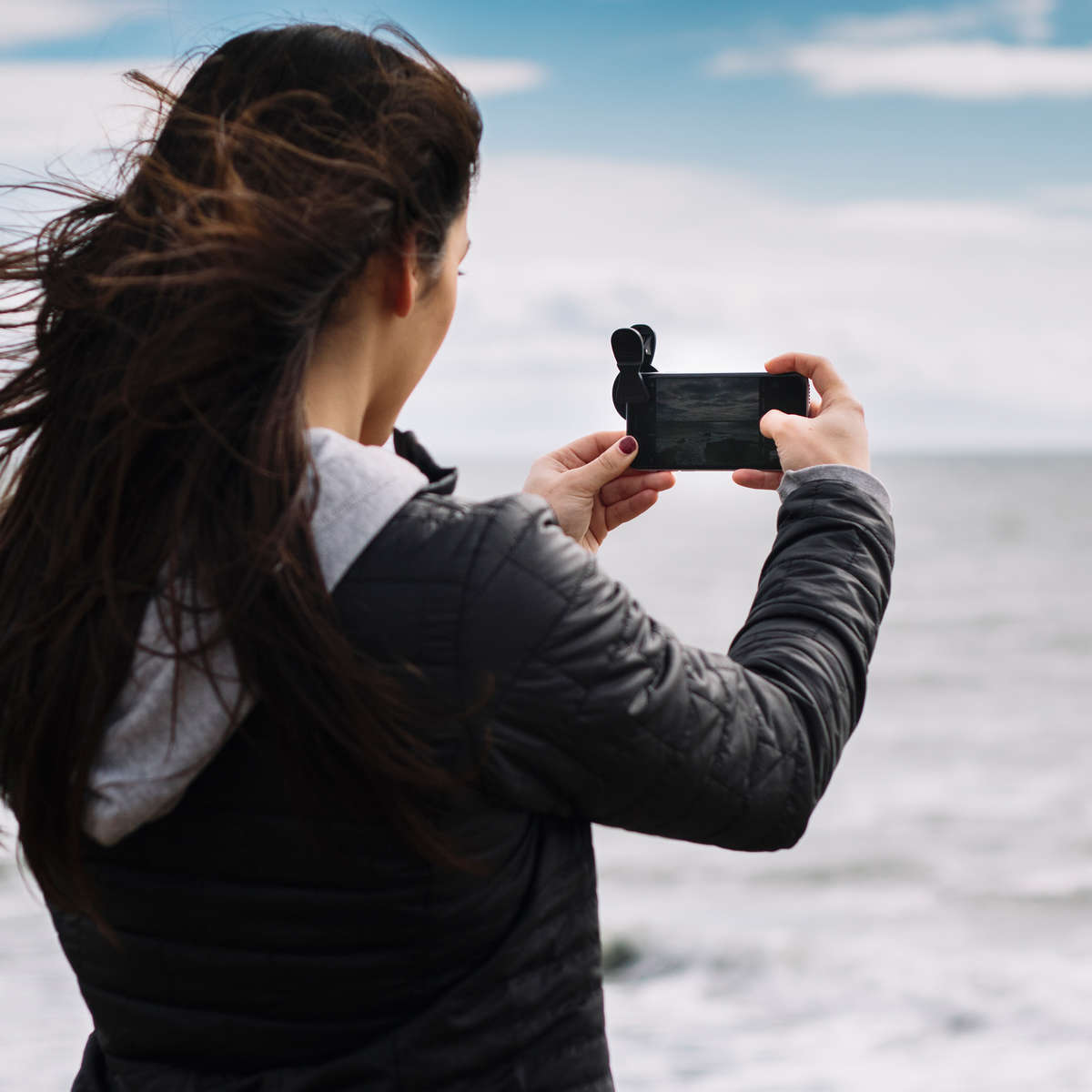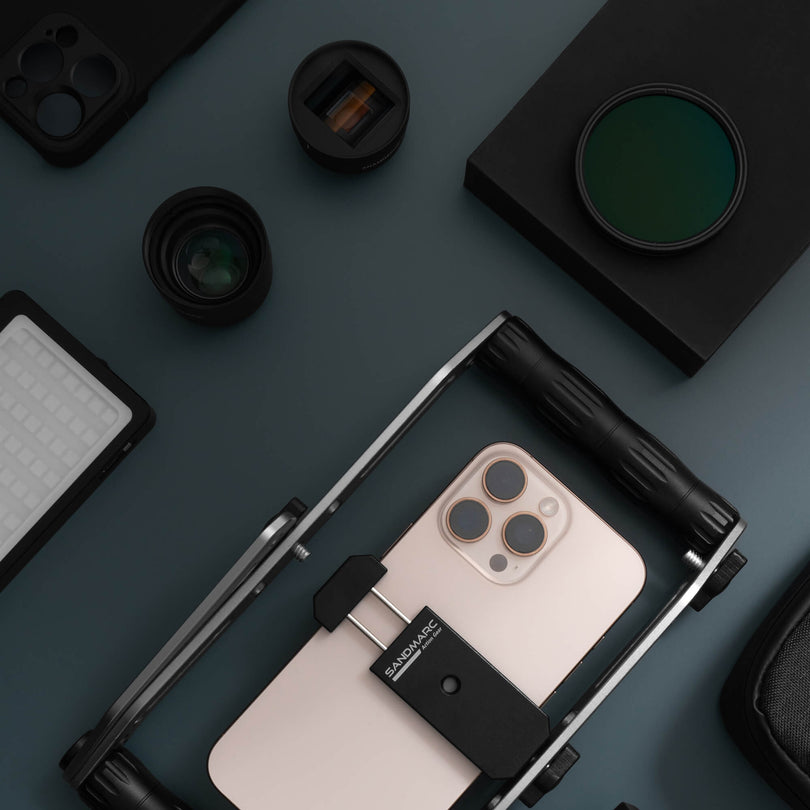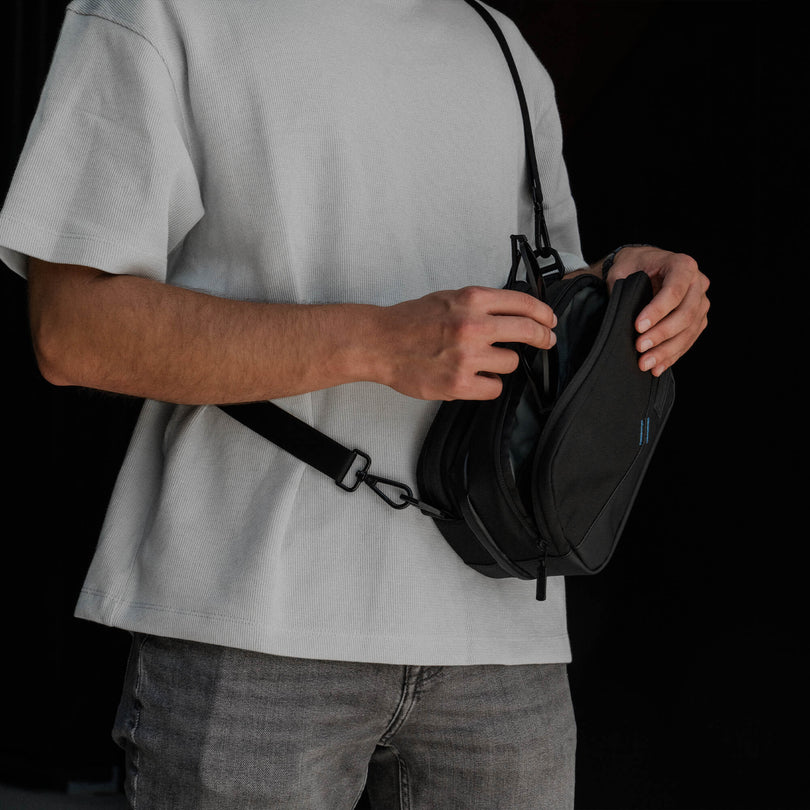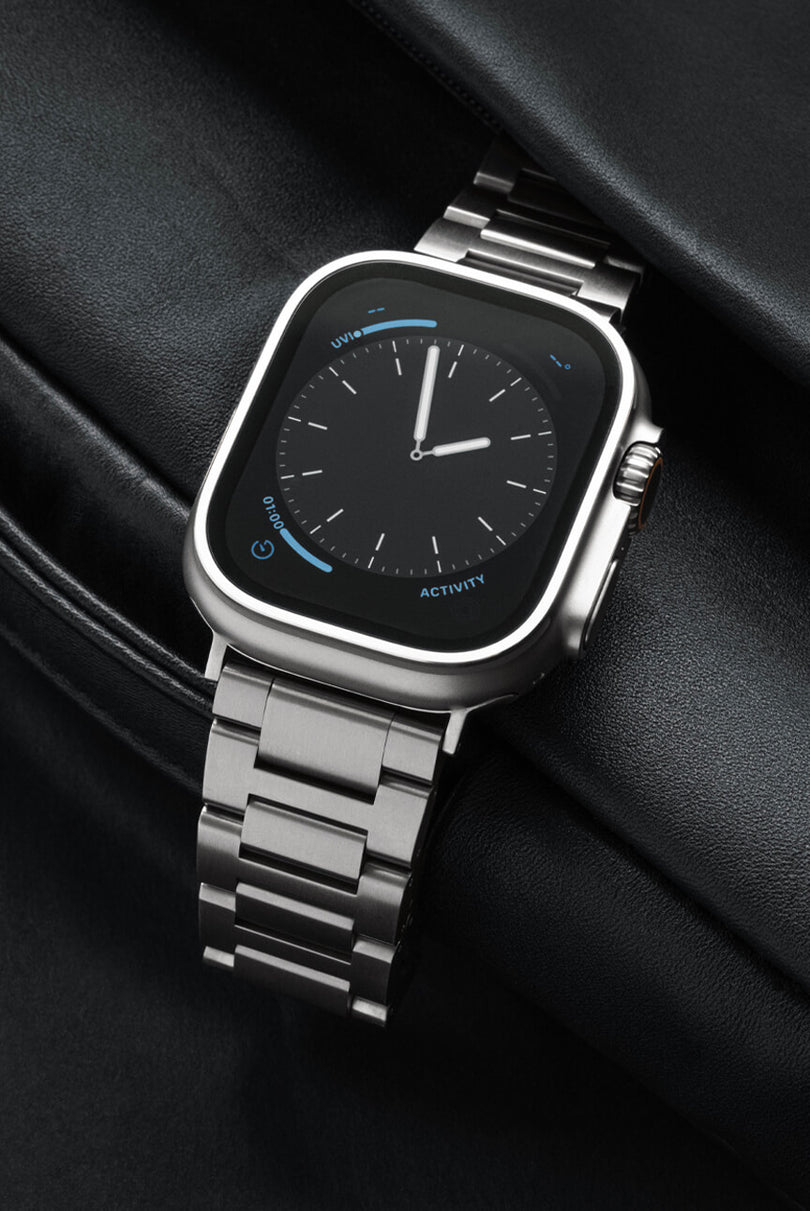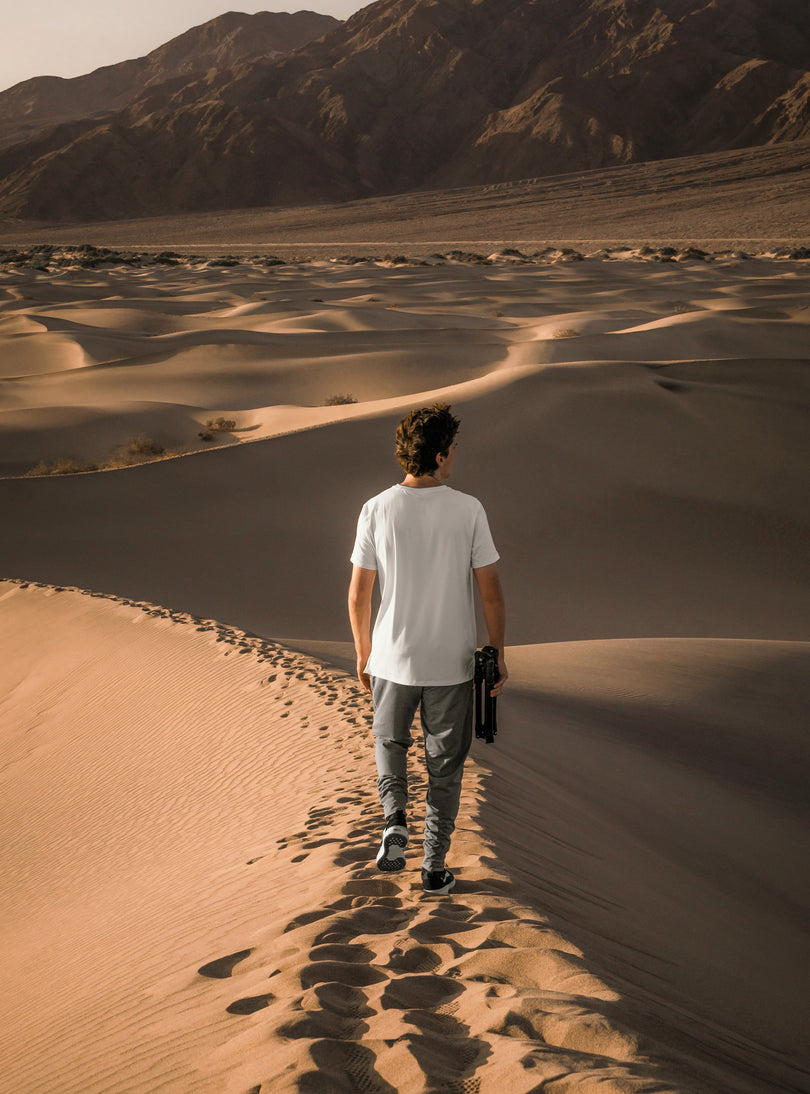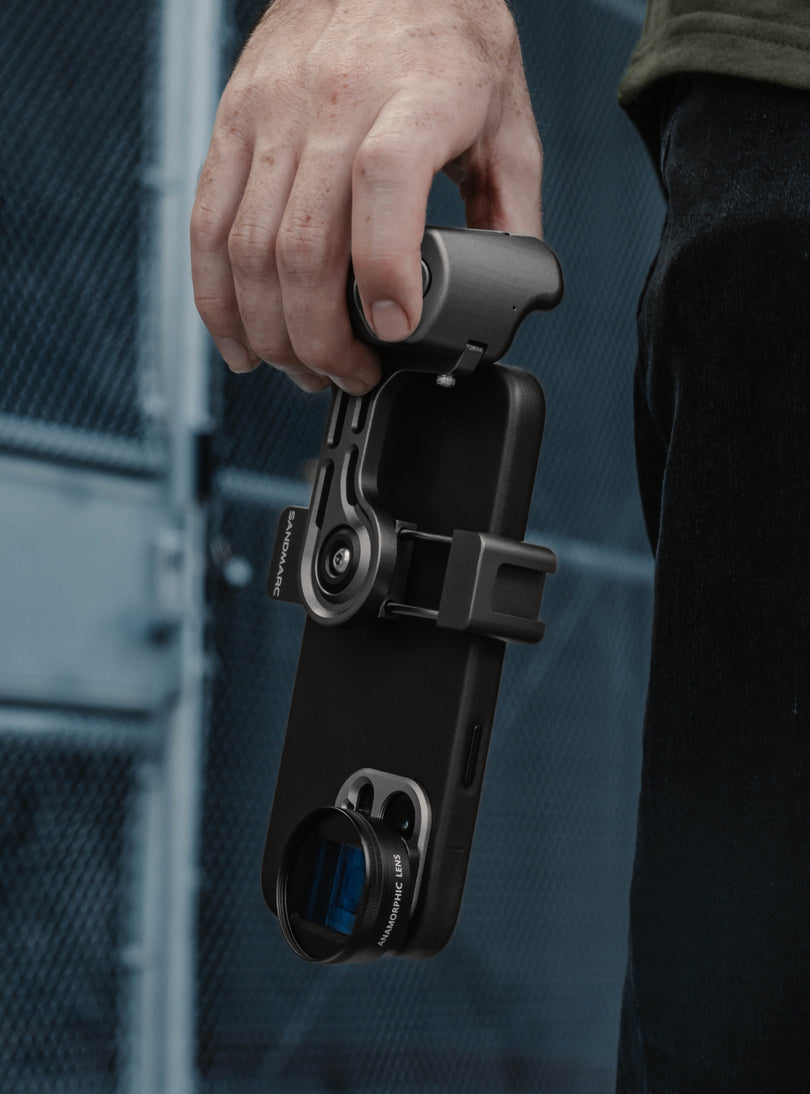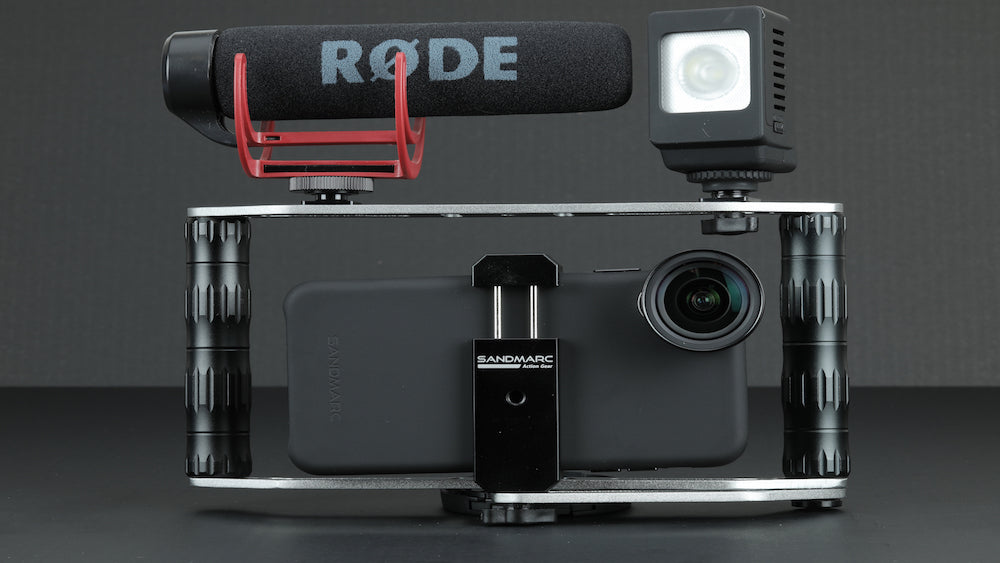Using ND and PL Filters
How to improve your outdoor photography
Ever wonder how professional photographers capture detail-rich images in bright sunlight, and your photos end up looking washed out and bland? Their not so secret weapons are ND and PL filters – two different types of filters that mount directly onto your camera and block out unwanted waves of light, leaving you with no overexposed details, and a beautiful photo. They have a couple other tricks up their sleeve too, but first let’s explain how they work.
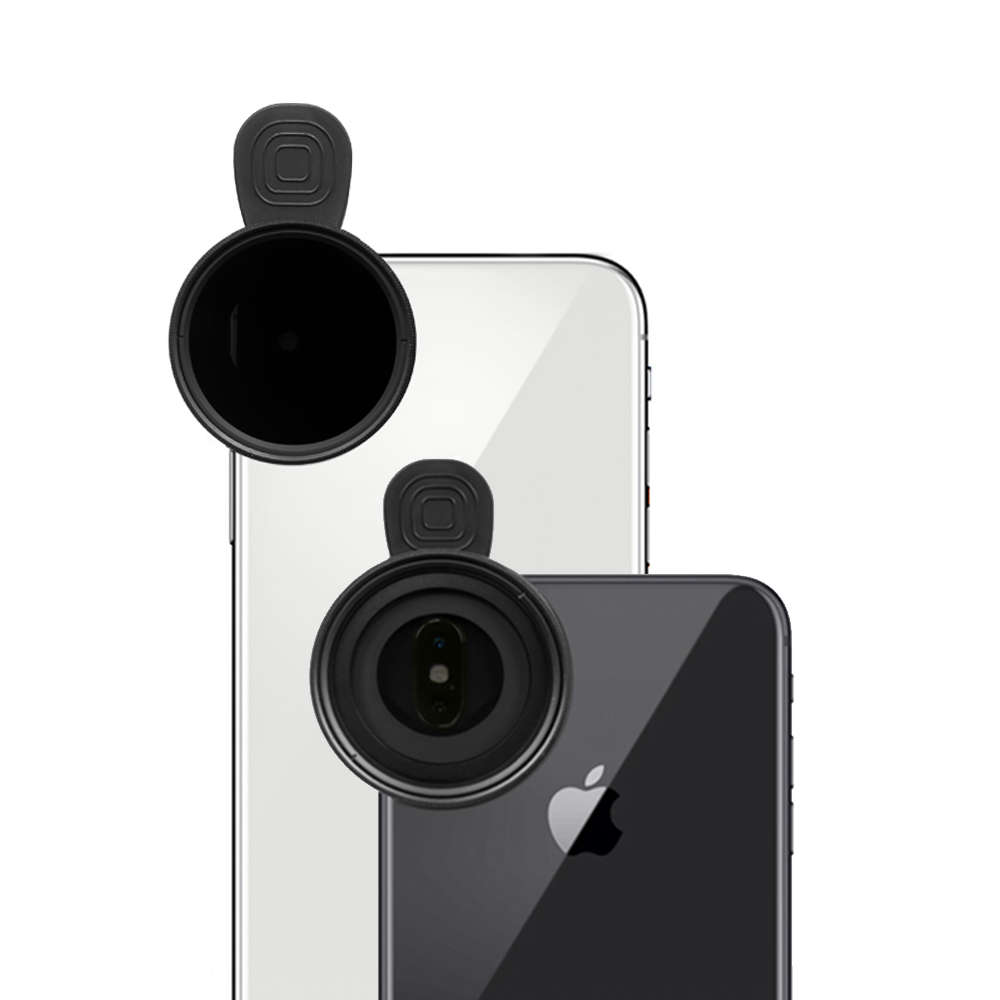
What is an ND Filter?
Simply put, neutral density filters physically block out bright light, allowing you to control the exposure of your shot. By preventing light from hitting the camera sensor, you can also use higher apertures for longer. Note: with iPhone photography, you can’t control the aperture, but by using a 3rd party camera app like ProCam you can control the shutter speed.
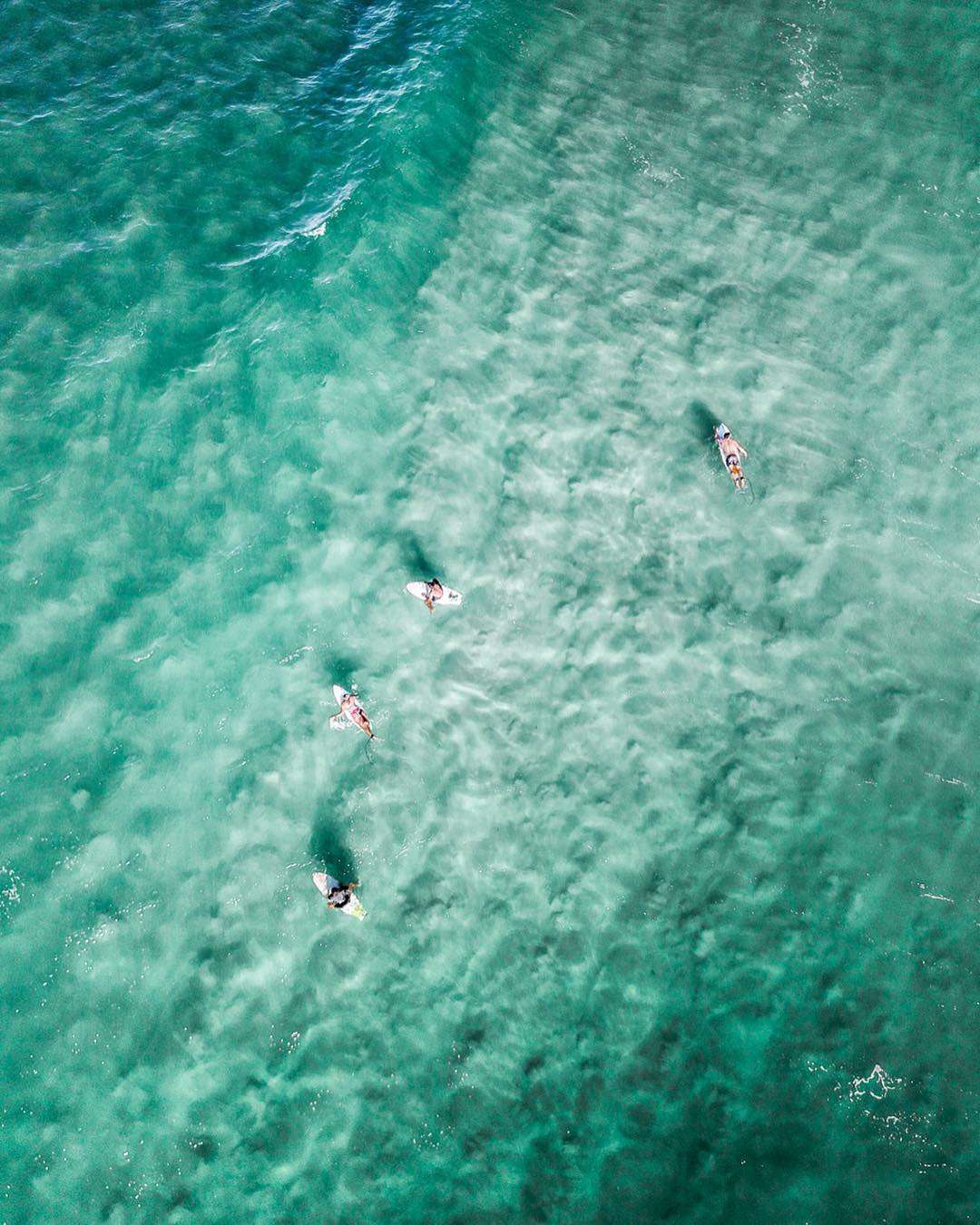
In photography, using a lower shutter speed means you can capture motion blur pictures when taking long exposures. You can also capture cinematic motion blur when filming video by being able to following the 180 degree rule (Your shutter speed should be double your frame rate in order to capture industry standard motion blur). Without an ND filter you won’t be able to capture a properly exposed video while following this rule.
This is a helpful tutorial on how to take long exposure pictures with an iPhone. And here’s a helpful video on using ND filters for cinematic motion blur in videos
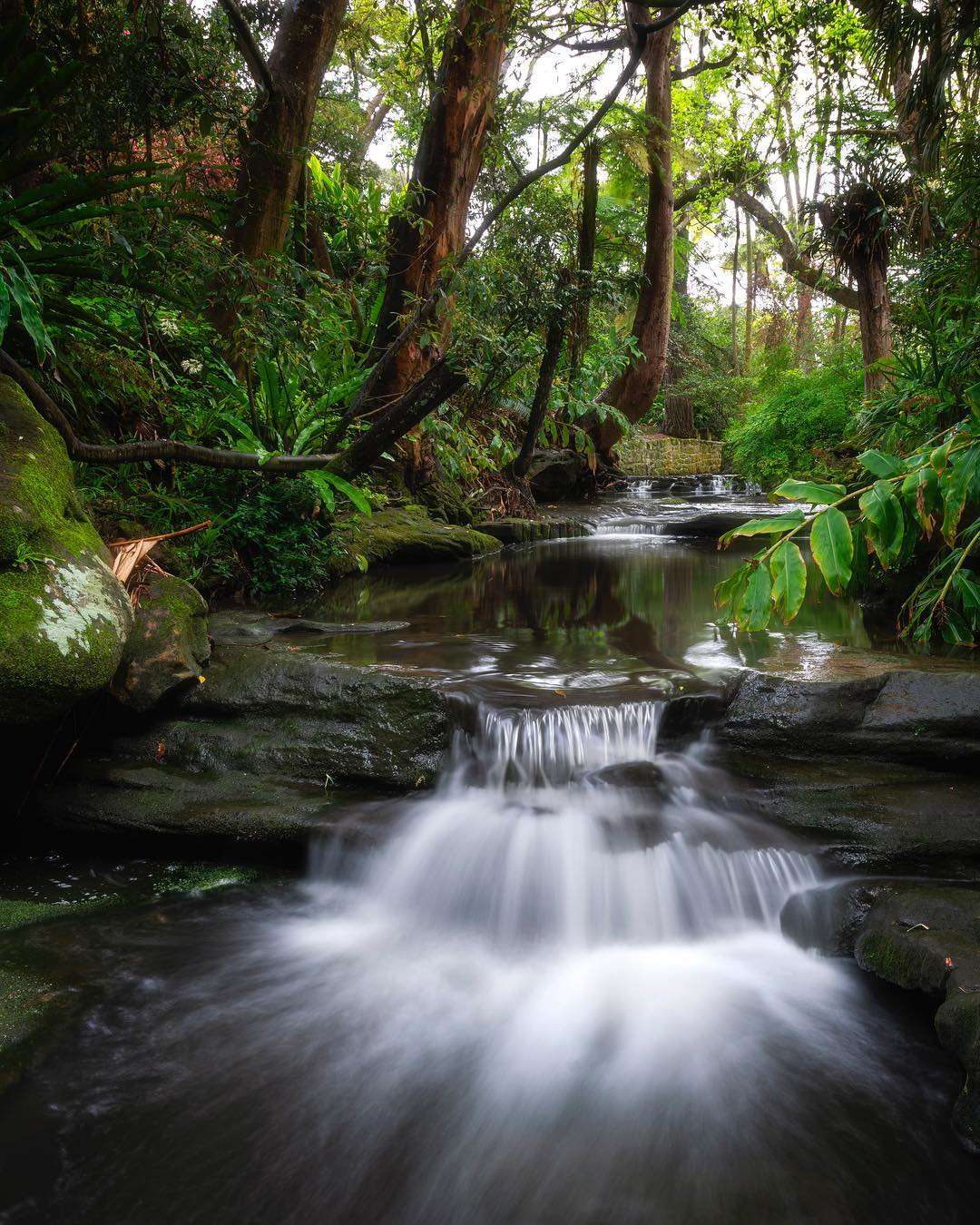
What about PL Filters?
Polarizing filters are similar to ND filters in that they manage light, however, they do it in a different way. Where ND filters block out all light, PL filters only block out specific waves of light. They help manage reflections, reduce glare and provide a pop of color. By reducing glare and reflections it can allow you to see through surfaces like water and glass, making your photo much more dynamic. They can also deepen blues in the sky and enrich the contrast and detail of darks and whites.
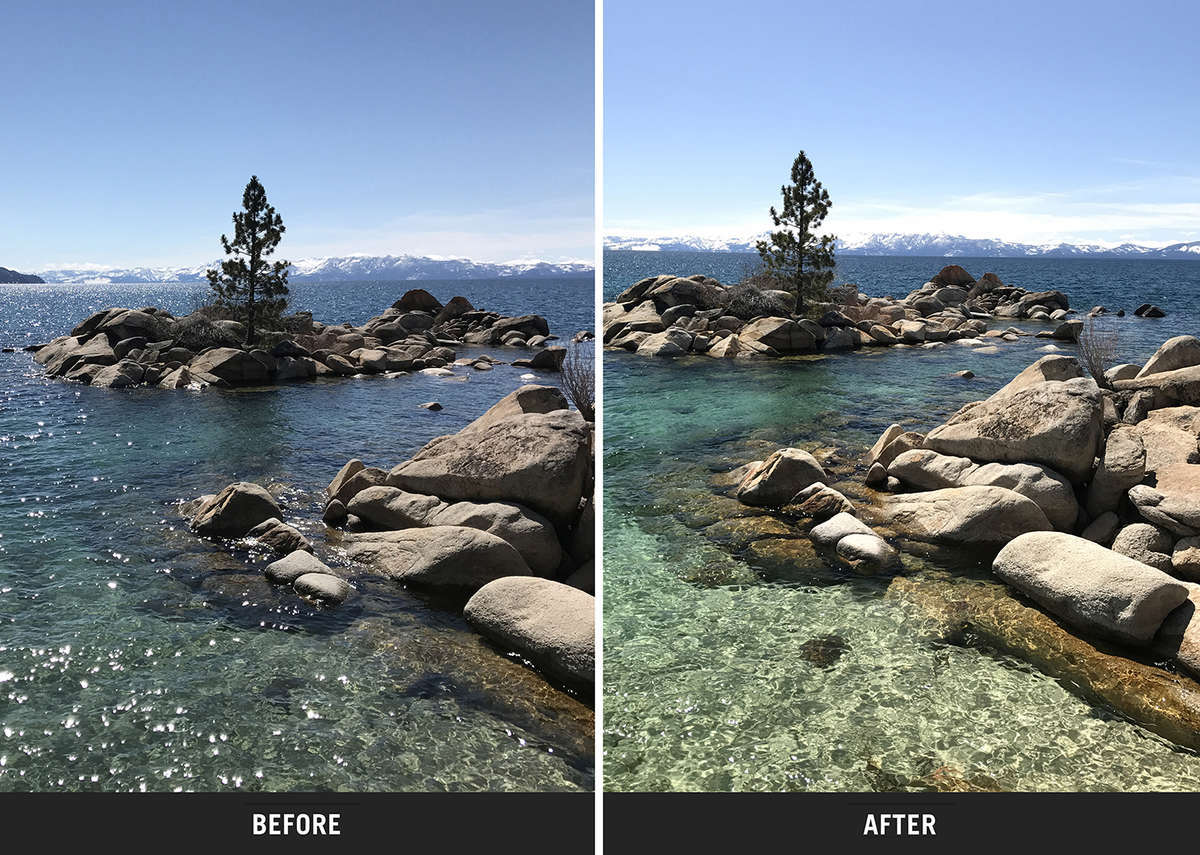
The best time to use a PL filter is on very bright days. The sun has a tendency to wash everything into one color, and blow out highlights. This makes it tough to capture a dynamic range of colors and highlight and lowlights. PL filters eliminate these issue and provide a quality that is not replicable in post production.
A huge benefit of PL filters that is most of the are adjustable, by spinning the front ring. This allows you to choose the intensity of reflections and glare, giving you an element of artistic flexibility. Here is a video to show you the impact PL filters have on iPhone photography
A huge benefit of PL filters that is most of the are adjustable, by spinning the front ring. This allows you to choose the intensity of reflections and glare, giving you an element of artistic flexibility. Here is a video to show you the impact PL filters have on iPhone photography
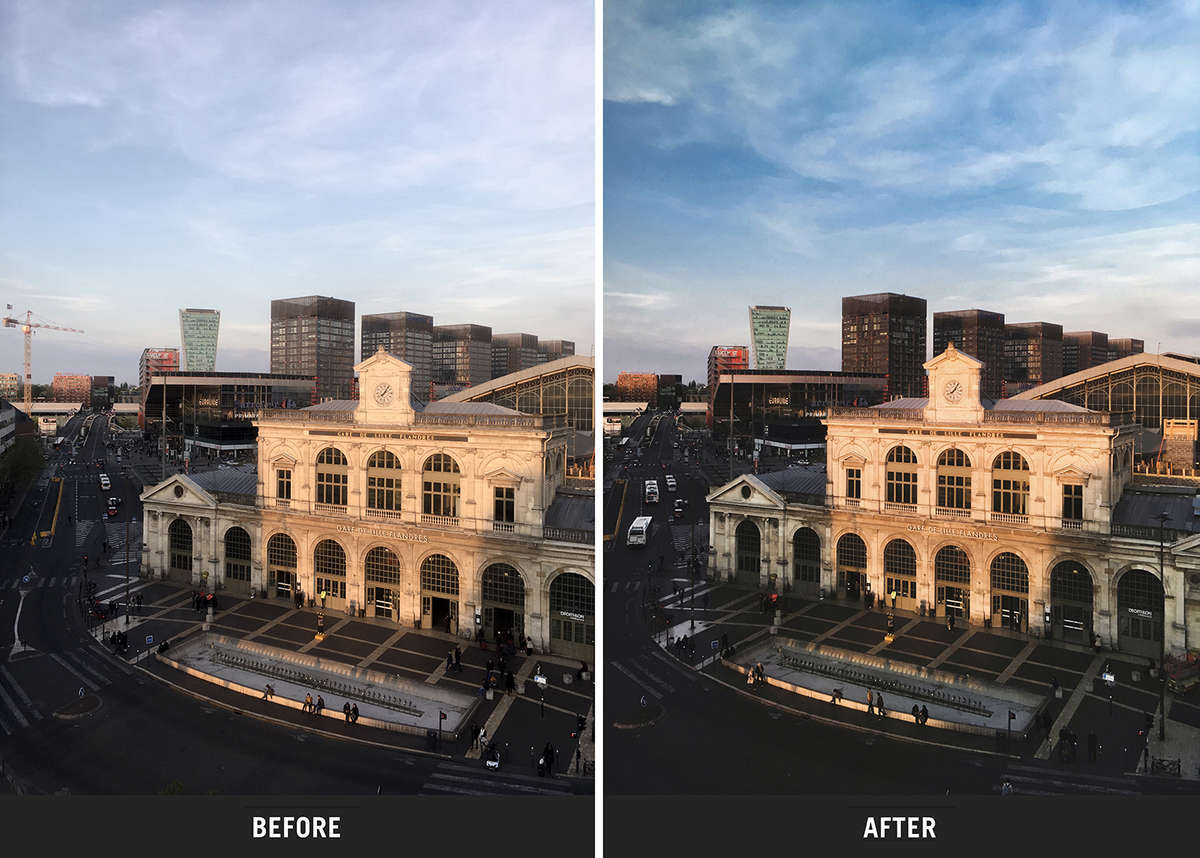
Wrapping Up
Whether you’re an outdoor photographer who prides themselves on capturing the elements of nature, or a street photographer capturing people and architecture, you’re going to have to face the challenges of unwanted light. ND and PL filters can not only offer you a richer, more cinematic image, but it also protect your photo from missing out on detail due to overexposure. There are some things you just can’t correct in post production, and the last thing you want to worry about is getting home and realizing your pictures didn’t turn out right. Think of these filters as sunglasses for your camera, protecting your photos from the sun’s damaging rays.
